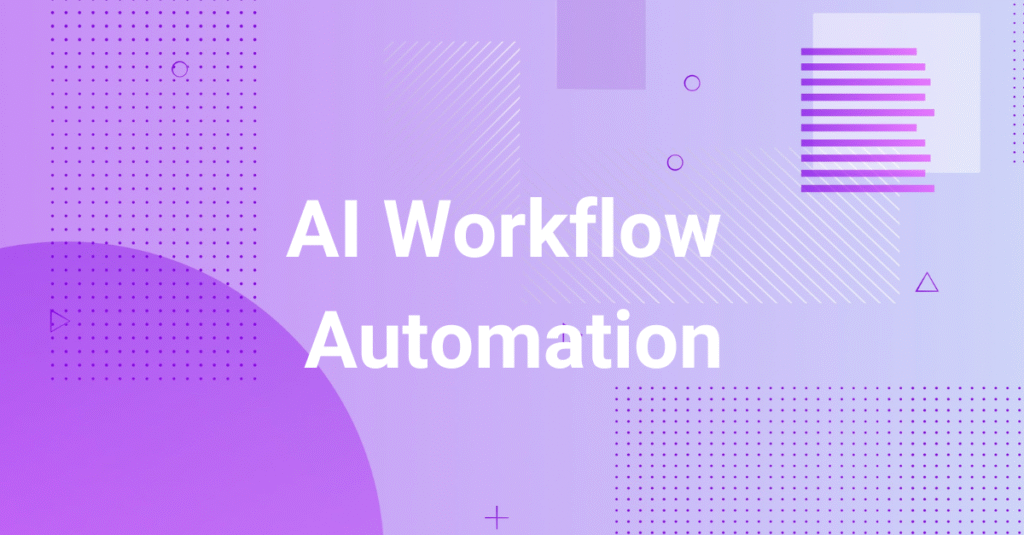
Status: Final Blueprint (Summary)
Author: Shahab Al Yamin Chawdhury
Organization: Principal Architect & Consultant Group
Research Date: July 24, 2025
Location: Dhaka, Bangladesh
Version: 1.0
1. Executive Summary: The Agentic Enterprise is Here
The enterprise is at a pivotal moment, transitioning from task-based automation to outcome-oriented autonomy. This shift, driven by collaborative AI agents, is set to unlock trillions in economic value. The market for autonomous AI is projected to exceed $51 billion by 2030 (at a ~40% CAGR), yet a “Generative AI Paradox” persists: over 80% of companies using AI report no material impact on earnings. This highlights a strategic failure to integrate AI vertically into core, value-driving workflows.
The future of work will be defined by human-AI collaboration, with an estimated 39% of core worker skills becoming outdated in the next five years. Success requires a fundamental rewiring of business strategy, talent development, and governance. This document provides the condensed strategic roadmap for leading this transformation.
2. The Foundational Shift: From Automation to Autonomy
- The Spectrum: We are moving beyond rigid, rule-based automation to dynamic, goal-driven systems.
- AI-Powered Automation: Enhances discrete steps in a workflow (e.g., summarizing a document).
- Autonomous AI Workflows: Manages the entire workflow. An AI agent is given a high-level goal and can independently plan, act, and adapt to achieve it with minimal human guidance.
- The Anatomy of an AI Agent: A software entity with five core characteristics:
- Autonomy: Operates without continuous human intervention.
- Perception: Interprets data from its environment (text, images, APIs).
- Reasoning: Uses LLMs to make decisions and plan actions.
- Action: Executes tasks by calling APIs, running code, or generating responses.
- Adaptation: Improves performance over time through feedback and learning.
3. The Technology Ecosystem
Core Technologies
- Large Language Models (LLMs): The “cognitive core” for reasoning and planning (e.g., OpenAI o3, Google Gemini 2.5, Anthropic Claude 3.5).
- Orchestration Frameworks: The “operating system” for building and managing agents. Key players include:
- LangGraph: For complex, stateful, production-grade workflows requiring explicit control.
- Microsoft AutoGen: For simulating multi-agent conversations and dynamic problem-solving.
- CrewAI: For rapid prototyping using an intuitive, role-based delegation model.
- Google Vertex AI Agents: A managed, end-to-end enterprise platform for GCP.
Market & Investment Trends
Venture capital investment in AI surpassed $100 billion in 2024, with a heavy concentration on “picks and shovels” infrastructure plays (foundational models, data pipelines, cloud platforms). This indicates the market believes the most durable value will be in the enabling platforms, not isolated applications.
4. Enterprise Impact & Documented ROI
Autonomous workflows are delivering transformative, measurable value across industries.
| Industry | Use Case | Documented ROI / Impact | Source |
| Financial Services | AI reviews credit agreements. | 360,000 hours to seconds annually. | JPMorgan |
| Manufacturing | AI optimizes logistics network. | $20M+ savings since FY24. | General Mills |
| Healthcare | AI automates clinical note-taking. | 60% reduction in documentation time. | Mass General |
| Pharmaceuticals | AI automates drug discovery research. | 70% reduction in discovery time. | AstraZeneca |
| Software Dev | AI assists in code generation. | 30% of new code at Microsoft written by AI. | Microsoft |
5. Societal Shift: The Future of Work & Skills
The rise of AI is causing a large-scale transformation of work, not its annihilation. While up to 300 million jobs may be impacted, new roles will emerge, leading to a radically different job market composition.
- Declining Roles: Data Entry, Administrative Support, Accounting Clerks.
- Growing Roles: AI/ML Specialists, Data Analysts, InfoSec Analysts, Sustainability Specialists.
- The Skills Imperative: The most critical skills for the future are analytical thinking and creative thinking, alongside AI/big data literacy and human-centric skills like resilience and curiosity.
6. Risks & Strategic Recommendations
Key Risks to Manage
- Security: Novel threats like Prompt Injection (tricking an agent with malicious data) and Tool Manipulation (abusing an agent’s permissions) require new, robust security postures.
- Ethical: Algorithmic Bias (perpetuating historical biases from data) and a Lack of Accountability (the “black box” problem) pose significant legal and reputational risks.
Strategic Recommendations for Leadership
- Lead with Domain Transformation, Not Technology: To avoid the “Productivity Paradox,” focus on redesigning core business domains around AI, not just deploying tools.
- Invest in the “Agentic AI Mesh”: Prioritize building a scalable, secure enterprise platform for agents to operate and collaborate. This is the critical infrastructure of the future.
- Launch a “Digital Workforce” Initiative: Manage AI agents as a new form of talent, creating capabilities to “hire,” “manage,” and “develop” them.
- Make Continuous Reskilling a Strategic Imperative: Build an “always-on” reskilling engine to address the urgent human skills gap and prepare the workforce for human-AI collaboration.
- Govern for Trust and Scale from Day One: Embed security, ethics, and governance into the AI lifecycle from the start. Trust is the ultimate enabler of scale and competitive advantage.